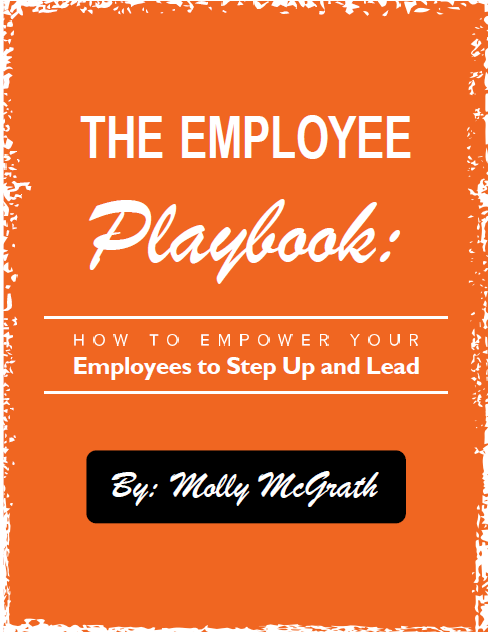And the Coffee was Gone – Are you tolerating good enough?
We are blessed to experience the absolute joy in our job of constant interaction with people that work in law firms across the country. We get to live our Primary Aim in life – making a difference for others in a way that makes positive impact and leaves them empowered, everyday. However, with every experience we acquire a bird’s eye view of the despondency of people. We see how many people in the world flee when they are confronted with the brutal reality of their lack of integrity and inauthentic mode of operation.
For example, take the law firm in Manhattan, NY that we have been coaching for the past 6 months on how to get each team member crystal clear on his or her role and goals within the firm. In January they added a new team member that we were supporting with a customized 90-Day step-by-step training process (as opposed to the usual ‘sink or swim’ model). We had a 30 day call scheduled to check in scheduled and we were armed with the tools to support her with the customary “bumps in the road” of a new job. The attorney started the call out with “Molly meet Kathy, Kathy meet Molly.”
“Excuse me???”, I say. “What happened to Lilly?”
Attorney, “Lilly is no longer with us.” The attorney proceeded to explain that after 2 days of employment he came into the office at 9a.m. (her day was to start at 8:30) and she wasn’t there. When she had not arrived by 10a.m. the receptionist called to make certain she was safe, she didn’t pick up. Called at 11… still no answer. It wasn’t until the attorney went into the kitchen and noticed the big can of Folgers coffee and her fancy Starbucks mug she brought in on DAY TWO to “make herself at home” was gone. The coffee was gone… that was her only form of resignation.
Sadly enough, this is not an isolated incident. Let’s talk about the solo practioner with 2 employees in Walnut Creek, CA. After 3 months of working with a “veteran” employee we told the attorney he had to let this LEAD team member go because she was lacking integrity and had an enormous commitment to being right that would harm the growth of his business in numerous ways, even cost him existing clients. Without skipping a beat the attorney counters with, “I don’t know….when she’s good, she’s good and that’s about 70% of the time. I’ll take good enough vs. having to go through the hiring process again.” One ominous Friday afternoon, after a “productive” 90 minute marketing meeting with this employee that included the creation of a 90-day Marketing Strategy for implementation he got an email at 4:30. “I quit.” Just like that. And he was “devastated.”
When is good enough acceptable? When are we finally going to adopt “intuition as initiation” and stop the toleration of good enough? Would your clients let YOU get away with good enough? Heck NO! You are constantly under the microscope.
That same attorney from CA told Molly on their next coaching call, just 8 days after the “good enough” employee was gone, that the hidden client complaints, undelivered promises and stashed (uncashed) checks over 13 months old found in files has left him paralyzed and speechless. He simply didn’t know where to start to rebuild.
Our lifetime mentor taught us there are only two kinds of suffering, long term and short term. The determining factor in which route you take is your courage to take responsibility for what is occurring around you and stop placing blame, as blame is merely a hideout for not having to face what is not working in your life.
If you KNOW an employee is not approaching their work with a deep rooted ownership and leadership, choose the short term route. End the suffering.
It is one thing to train a team member, help them solve a problem, or provide counsel. It’s a totally separate and not advisable; to convince them they want to be on your team. Trying to motivate, encourage learning and finding ways to grow while trying to make a temperamental team member happy; or a negative team member see the positive will simply waste your time and emotional energy.
Running around managing and motivating your team allows you to become their emotional crutch. They will lean on you for inspiration, and when you can’t provide it, they will quit and leave. And when they leave, they leave you with a team of others who you may have neglected who now see they get more attention and allowance with negative and non-productive energy. You can reinforce a bad example.
If you are providing a positive work environment with opportunity for team to learn and grow, you won’t have to motivate and convince them to work with you, at least not if they come “batteries included”. The work environment and the opportunity in front of them are self fulfilling and self motivating. It’s your job to provide leadership (what direction should they be working towards, a common goal).
Pep talks only work for so long. Presenting a problem with a proposed solution rids you, and your team, of its negative impact and the reoccurrence of hand holding. And creates and nourishes leaders.
So it really boils down to one of 2 things; are you tolerating “good enough” or is there a leadership and coaching element to your practice that is missing? Either way, the revolving door will continue to spin if you don’t figure out which of the two is your management approach.
If you are unsure if you are managing or leading, ask yourself – do people come to you to complain so you can provide the pep talk, pat them on the back and send them back to work? Only to repeat the cycle every 30 days. Or do people come to you with a problem and a proposed solution? If it’s the former, this is an indicator that there is a fundamental flaw in your Initial Training Process.
AND if you have found that you might have a “good enough” employee on your team, or even worse, a “black hole”, contact us on how to obtain The 7 Step Test for Termination™ showing you how to come to the resolution of firing with the least amount of suffering while keeping your integrity, compassion and sanity. Stop anguishing over (i.e. suffering long term) whether to fire a “good enough” employee.
Previously, we discussed how to think of your team like building a Dream Team, with limited amounts of resources (time and money) available to draft your dream team players. Use it wisely; use it for “great”, not “good enough”. And remember as long as you are employing that “good enough” employee, you might be missing the chance to hire that “great” one!


Trackbacks/Pingbacks